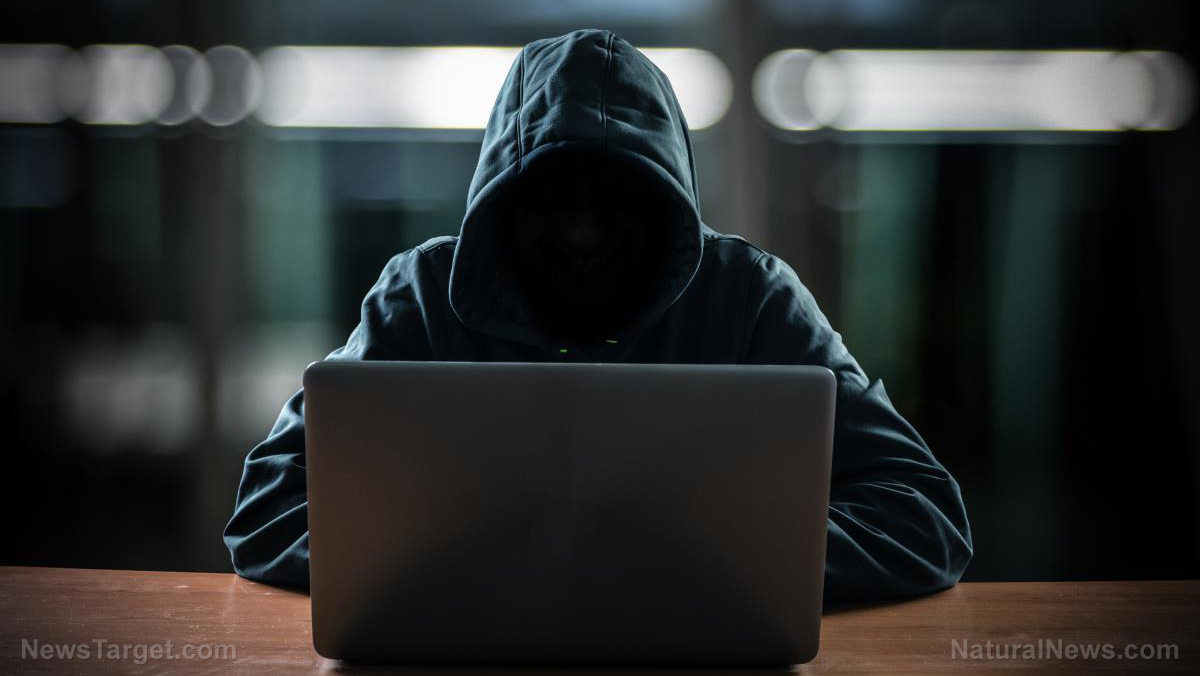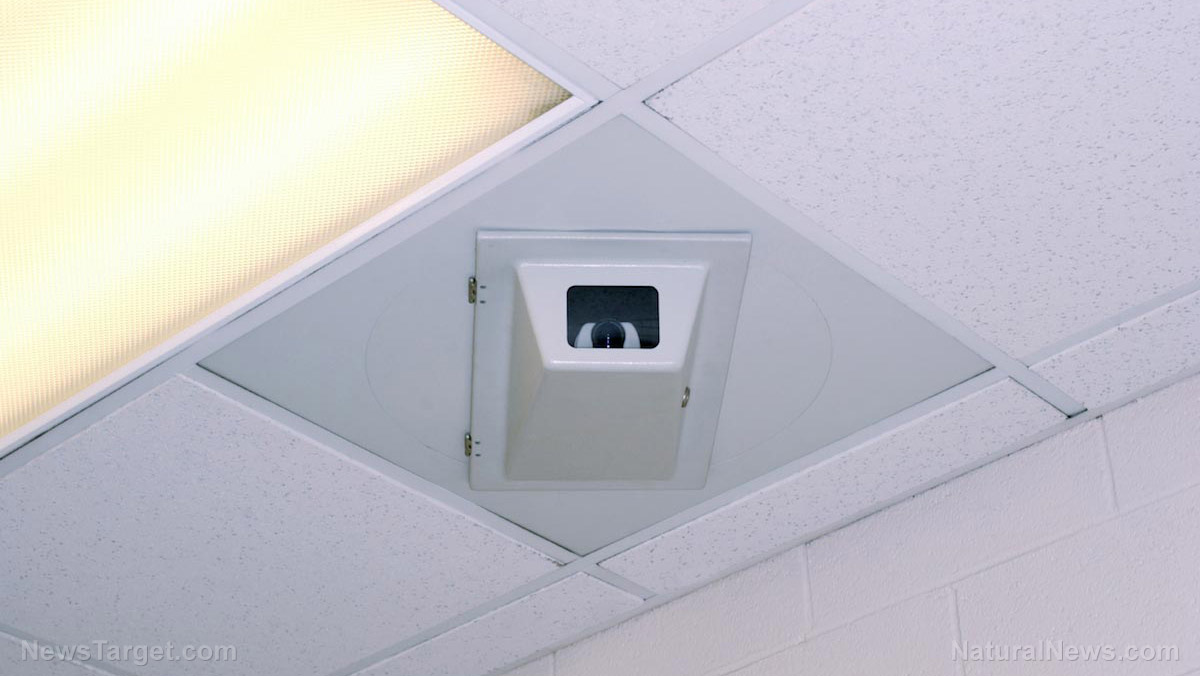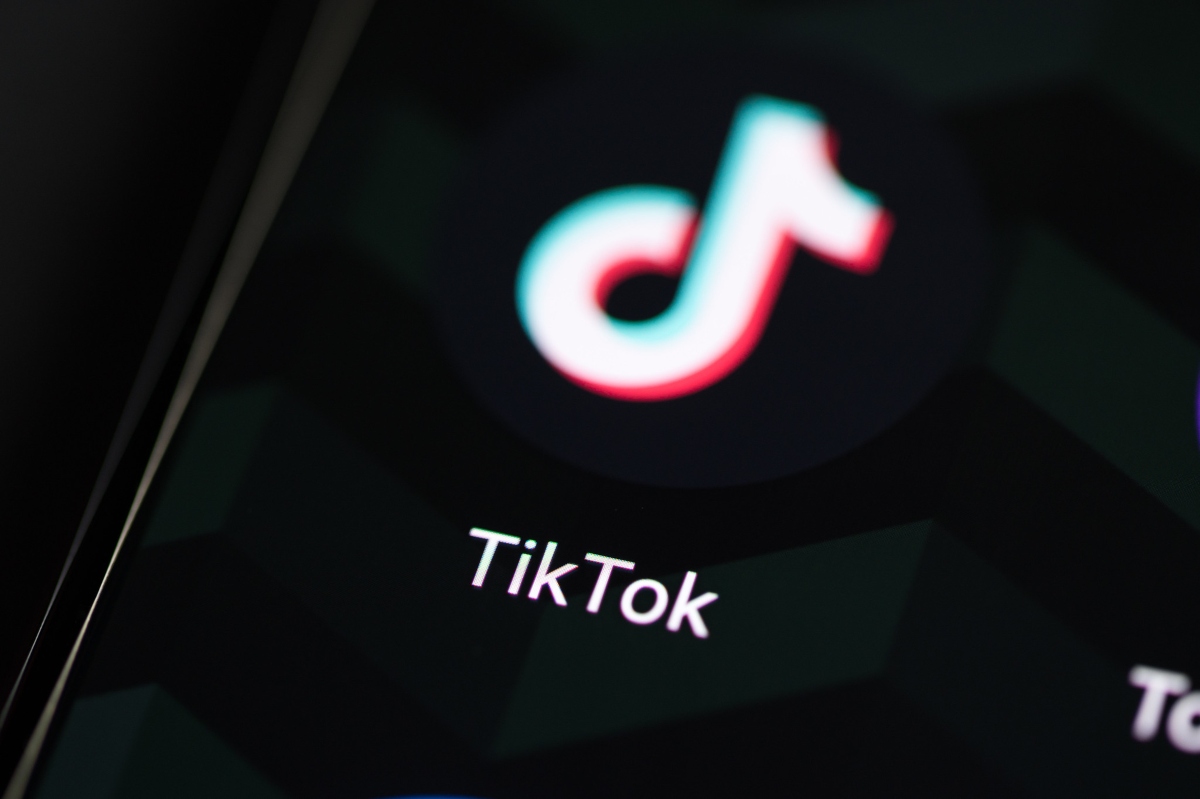AT&T outage disrupts cell services for at least 75,000 customers across the U.S.
02/23/2024 / By Arsenio Toledo

Telecommunications giant AT&T reported that cellular outages have hit tens of thousands of the network’s users in the United States.
The outages were first reported slightly before 4 a.m. EST on Thursday, Feb. 22. By 8:30 a.m. on the same day, the number of affected AT&T users had peaked to nearly 75,000.
AT&T is the U.S.’s largest telecommunications provider, servicing nearly 250 million customers in the country. The telecom network’s customers reported being unable to make phone calls, send text messages or access the internet using the network.
Affected phones displayed zero service bars in the top right corner of their device or the letters SOS. Non-AT&T wireless networks were not affected, and customers were still able to make calls by enabling WiFi calling.
Many reports also came in that the AT&T outage affected people’s ability to reach emergency services by dialing 911. Multiple law enforcement agencies and other emergency services posted messages on social media warning about the outages affecting their respective jurisdictions. The Massachusetts State Police even warned off residents flooding their 911 center with calls to determine if the service worked from their phones.
Users of Cricket, which uses AT&T’s network, also experienced massive disruptions. Over 74,000 AT&T customers reported outages, while more than 13,000 Cricket customers reported the same. (Related: Feds and AT&T continue with invasive DAS program, collecting millions of phone records ILLEGALLY.)
“Some of our customers are experiencing wireless service interruptions this morning. We are working urgently to restore service to them,” said the company in a statement. By 3 p.m. EST, AT&T said that most of the network was restored.
Several thousand users of T-Mobile and Verizon also reported being affected by the outage, according to data from the website DownDetector. The website only records self-reported service outages, meaning that the actual number of people who went without cell service for nearly 12 hours is likely much higher.
T-Mobile and Verizon denied experiencing widespread outages. “We did not experience an outage. Our network is operating normally,” said a spokesperson for T-Mobile. “Down Detector is likely reflecting challenges our customers were having attempting to connect to users on other networks.”
AT&T denies cyberattack caused outage
Based on an initial review AT&T conducted late Thursday, the outage was likely “caused by the application and execution of an incorrect process used as we were expanding our network.” The company also said that the disruption was not caused by a cyberattack or any other malicious action.
AT&T will continue to investigate the cause of the outage and the full extent of disruptions caused by it.
The Federal Communications Commission has also already contacted AT&T about the outage, and the Federal Bureau of Investigation and the Department of Homeland Security are also looking into the situation. Congress has also raised concerns about the outage and its possible impact on America.
“We are working to access today’s disruption in order to gain a complete understanding of what went wrong and what can be done to prevent future incidents like this from occurring,” said House Energy and Commerce Committee Chair Cathy McMorris Rodgers (R-WA) and Communications and Technology Subcommittee Chair Bob Latta (R-OH).
Learn more about the state of cyber and telecom networks in the United States at InformationTechnology.news.
Watch this clip from InfoWars as host Alex Jones reports how Chinese hackers linked to the Chinese Communist Party are the top suspects for the AT&T outage.
This video is from the Ruth Mackenzies channel on Brighteon.com.
More related stories:
Bank payment processing outages highlight risks of relying on electronic banking.
Aussie telco giant’s OUTAGE affects over 10M customers and 400,000 businesses.
Sources include:
Submit a correction >>
Tagged Under:
5g, AT&T, big government, cell phones, cell service, cellular networks, chaos, Collapse, Communications, computing, cyberattack, disruption, Glitch, information technology, national security, panic, SHTF, Smartphones, technology, telecommunications
This article may contain statements that reflect the opinion of the author
RECENT NEWS & ARTICLES
COPYRIGHT © 2017 COMPUTING NEWS



















